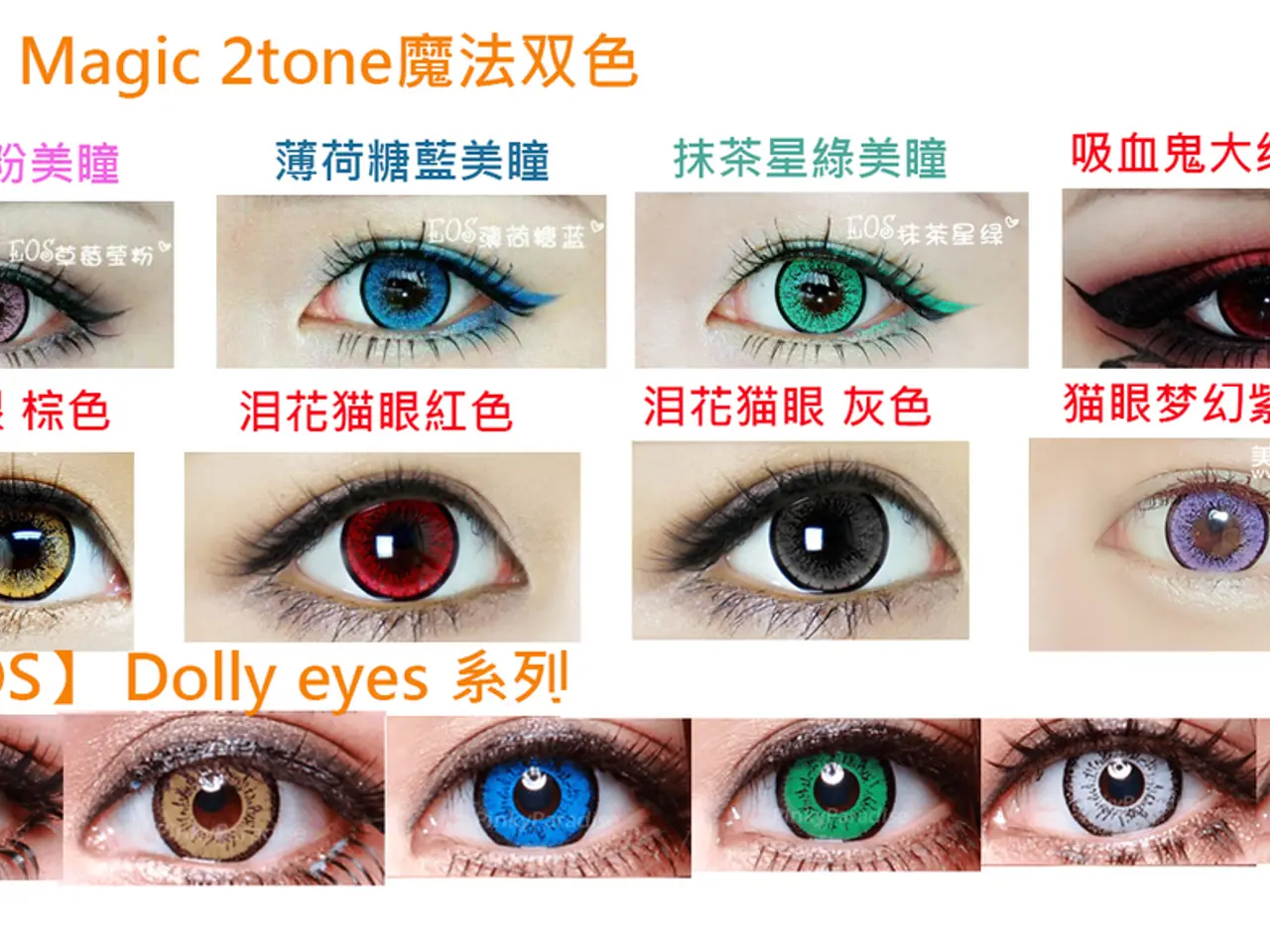The question explores why color blindness is significantly more prevalent among men than women.
Color blindness, a condition that affects the way people perceive colours, disproportionately affects males more than females. This is primarily due to the genetic makeup of the condition.
Color blindness is predominantly caused by mutations in genes located on the X chromosome. Since males have only one X chromosome (XY), a single mutated gene will result in color blindness. In contrast, females have two X chromosomes (XX), allowing one X chromosome to compensate for the other if it carries a mutation. As a result, color blindness is more prevalent in males, affecting about 1 in 12 males and 1 in 200 females.
Recent advancements in gene therapies hold promise for treating color blindness. These approaches aim to restore or improve color vision by introducing normal copies of the defective genes into retinal cells. The therapies typically use vectors, often engineered viruses like adeno-associated viruses (AAV), to deliver the functional gene into the eye's photoreceptor cells, particularly the cones responsible for colour detection. By doing this, the therapy enables the affected cells to produce the necessary proteins for normal colour vision.
For instance, in patients with achromatopsia, a form of color blindness where cones do not function properly and progressively degenerate, gene therapy has shown promise. Treated individuals may begin to perceive colours due to the introduced functioning genes, although the therapy's effectiveness can vary based on factors such as how well the gene is taken up by the retinal cones and brain adaptations to colour processing. Ongoing research also explores how the brain's visual cortex responds after gene therapy, as colour centers in the brain may not have developed fully in lifelong colorblind individuals, and there is hope to reverse or improve such brain adaptations post-treatment.
Approximately 300 million people worldwide have color blindness, with males inheriting one X chromosome from their mother and one Y from their father. Females can still carry and pass on the faulty genes that cause color blindness. A person with one functional copy of a cone-cell gene usually has normal colour vision. There are three types of cone cells, each sensitive to red, green, and blue light. Females typically have two X chromosomes, which can compensate for a faulty cone-cell gene, reducing the likelihood of color blindness. Inheriting two dysfunctional copies of a cone-cell gene can lead to color blindness.
These therapies have been used to restore full colour vision in animal models with the same genetic mutations that cause color blindness in humans. However, there aren't any widely available cures for color blindness, but experimental gene therapies are being investigated. In these experimental gene therapies, a harmless virus is used to deliver functional cone genes into the eyes. Conditions such as inflammation of the optic nerve, cataracts, and glaucoma can cause color blindness later in life. Total color blindness is extremely rare, affecting fewer than 1 in 30,000 individuals.
In conclusion, the genetic basis of color blindness explains the sex difference, while gene therapies focus on direct gene replacement to restore colour vision functionality. These advancements offer hope for those affected by color blindness, providing a potential solution to a condition that has long been considered incurable.
- Science has revealed that medical-conditions like color blindness are often associated with chromosomal mutations, such as those on the X chromosome for color blindness.
- Chronic diseases like cancer and respiratory conditions require ongoing monitoring, treatments, and therapies to manage effectively.
- Digestive health is a critical aspect of overall health-and-wellness, as it affects nutrient absorption and overall immune function.
- Eye health is essential, especially when it comes to conditions like color blindness and skin-conditions that can affect the eyes.
- Hearing is another important aspect of health, and hearing loss can impact mental-health, quality of life, and even cognitive function.
- Fitness-and-exercise are integral to maintaining men's-health, women's-health, and overall family-health.
- Sexual-health is a crucial area of personal and family-health, requiring open communication and education to ensure proper health practices.
- Autoimmune-disorders, neurological-disorders, mental-health issues, and skin-conditions are all significant concerns within the field of medicine.
- Skin-care practices can help prevent and manage skin-conditions, maintain a healthy appearance, and improve self-confidence.
- Therapies-and-treatments for various health conditions have evolved significantly, ranging from gene therapies to traditional medications.
- Parenting involves ensuring family-health by teaching children about hygiene, nutrition, fitness, and mental-health, as well as the importance of regular check-ups for cardiovascular health, hearing, and eye health.





